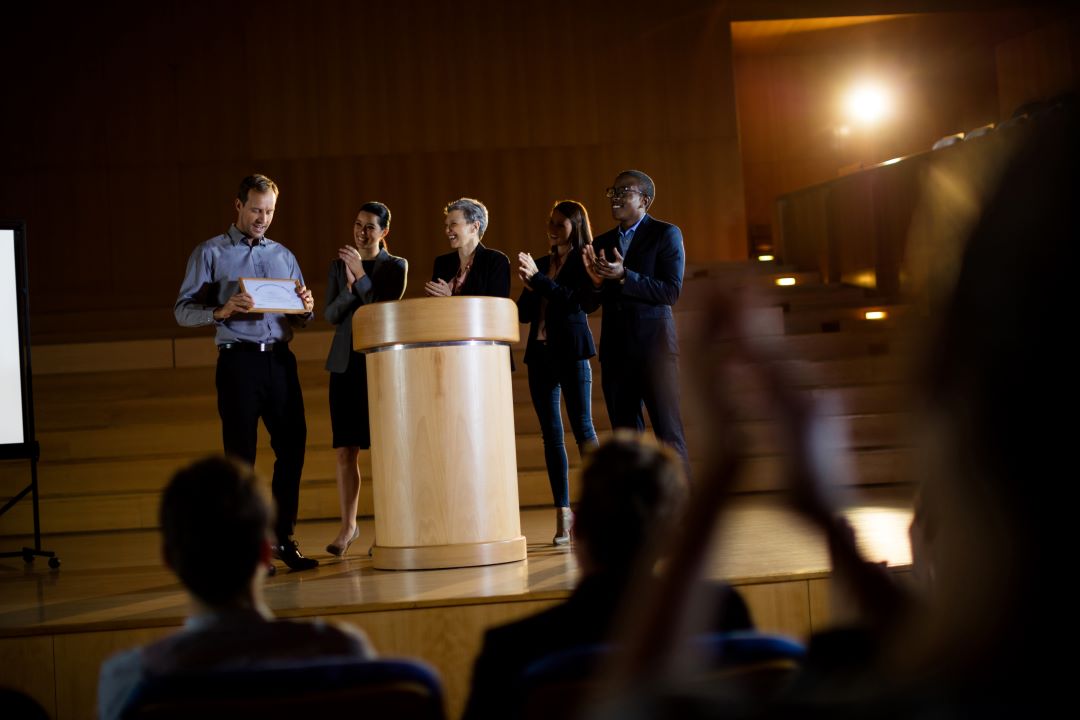10 Rewards and Recognition Ideas to Boost Morale
In today’s competitive business landscape, employee morale is more important than ever. A motivated and engaged workforce is essential for productivity, innovation, and customer satisfaction. One of the most effective ways to boost employee morale is through a well-designed rewards and recognition (R&R) program.
Recognizing and rewarding your team members not only boosts morale but also creates a positive work culture. Let’s delve into 10 impactful rewards and recognition ideas designed to uplift employee spirits, along with a detailed description of each method and the reasons why they are essential.
Why is Rewards and Recognition important?
R&R programs have a number of benefits for businesses, including:
- Increased employee morale and engagement
- Improved productivity and performance
- Reduced absenteeism and turnover
- Enhanced employer branding and reputation
10 Rewards and Recognition Ideas to Boost Morale
Peer-to-peer recognition:
Encourage employees to recognize each other’s contributions through a dedicated platform or suggestion box. Peer-to-peer recognition is a powerful way to foster a sense of community and appreciation within the workplace.
How to do:Encourage employees to recognize each other’s contributions through a dedicated platform or suggestion box. Implement a peer-to-peer recognition program that allows team members to share their appreciation for a colleague’s efforts. This can be facilitated through an online platform or a physical suggestion box where employees can submit notes of recognition.
Manager-to-employee recognition:
Schedule regular one-on-one meetings to provide specific feedback and appreciation for employee contributions. Manager-to-employee recognition demonstrates that individual efforts are valued and acknowledged.
How to do: Schedule regular one-on-one meetings to provide specific feedback and appreciation for employee contributions. Managers should be trained to give constructive feedback and recognize achievements during these sessions. This creates a supportive environment where employees feel seen and valued.
Company-wide recognition:
Host quarterly or annual events to recognize top performers and celebrate team achievements. Company-wide recognition brings attention to exceptional contributions and reinforces the organisation’s values.
How to do: Host quarterly or annual events to recognize top performers and celebrate team achievements. This can include awards ceremonies, team-building activities, or company-wide meetings where outstanding contributions are highlighted. Ensure that recognition aligns with the organisation’s values and goals.
Non-monetary rewards:
Offer non-monetary rewards, such as extra time off, company-branded merchandise, or lunch with the CEO. Non-monetary rewards can be just as meaningful as monetary rewards and often have a lasting impact.
How to do: Offer non-monetary rewards such as extra time off, company-branded merchandise, or lunch with the CEO. Create a catalog of non-monetary reward options and allow employees to choose based on their preferences. This personalization adds value to the recognition experience.
Personalised rewards:
Tailor rewards to individual preferences and motivations. Personalised rewards demonstrate that you understand and appreciate each employee’s unique contributions.
How to do: Tailor rewards to individual preferences and motivations. This can be achieved through employee surveys or by having managers get to know their team members on a personal level. Consider factors such as hobbies, interests, or career aspirations when selecting personalised rewards.
Timely recognition:
Recognize achievements promptly to reinforce positive behaviour and maintain employee motivation. Timeliness ensures that employees feel valued and appreciated for their recent accomplishments.
How to do: Implement a system for immediate or timely recognition, whether through a real-time acknowledgment platform, regular team meetings, or instant feedback channels. The goal is to provide timely feedback that reinforces positive behaviour and encourages a culture of continuous recognition.
Public recognition:
Acknowledge employee achievements through newsletters, company-wide announcements, or social media posts. Public recognition provides visibility and sets a positive example for the entire organisation.
How to do: Acknowledge employee achievements through newsletters, company-wide announcements, or social media posts. Create a dedicated space, whether physical or digital, to showcase outstanding contributions. This public acknowledgment reinforces the importance of recognition within the organisation.
Gamification:
Incorporate gamification elements into the R&R program, such as points, badges, and leaderboards. Gamification adds a fun and engaging element, motivating employees to participate and achieve recognition milestones.
How to do: Incorporate gamification elements into the R&R program, such as points, badges, and leaderboards. Create friendly competitions or challenges that align with organisational goals. Ensure that the gamified elements are transparent, inclusive, and contribute to a positive work environment.
Learning and development opportunities:
Offer opportunities for employees to enhance their skills and knowledge through training programs, workshops, or conferences. Investing in their professional growth demonstrates appreciation and encourages continuous development.
How to do: Offer opportunities for employees to enhance their skills and knowledge through training programs, workshops, or conferences. Create a culture that values learning and development, and tie these opportunities to specific achievements or milestones. Regularly communicate the availability of these programs to encourage participation.
Monetary incentives:
Monetary incentives, such as bonuses, gift cards, or profit-sharing programs, can be powerful motivators. However, ensure that monetary rewards align with employee expectations and are proportional to the recognized achievements.
How to do: Implement monetary incentives such as bonuses, gift cards, or profit-sharing programs. Clearly communicate the criteria for earning these incentives and ensure transparency in the reward process. Regularly review and adjust monetary incentives to maintain their effectiveness and relevance to employee contributions.
Implementing effective R&R programs requires careful planning, consideration, and ongoing evaluation. By incorporating these ideas and strategies, you can create a culture of appreciation, respect, and recognition within your organisation, leading to a more motivated, engaged, and productive workforce. Remember, R&R is an investment in your employees, and the return on that investment can be significant.
Expand Your Talent Pool with DEIjobs! Register HERE and Dive In!!
Join DEIjobs to connect with a diverse talent pool, including candidates with disabilities, women, LGBTQ+ candidates, war veterans, and women on a career break.



